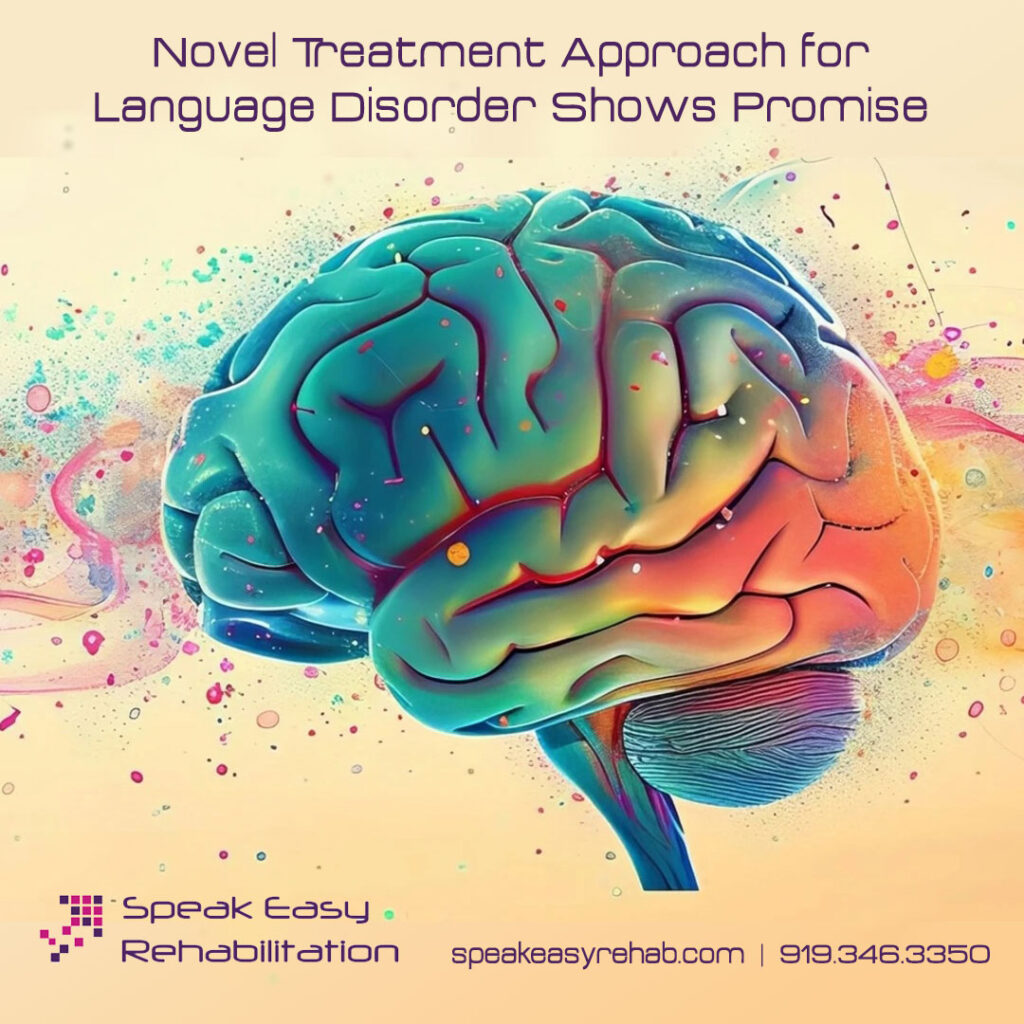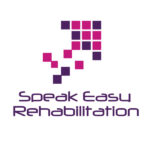Primary progressive aphasia (PPA) is a neurodegenerative condition that gradually impairs language abilities, and currently, there is no cure or medication to halt its progression. Traditionally, speech-language therapy is used to help patients maintain communication skills. However, researchers at the University of Arizona have developed a promising new treatment that combines speech therapy with a noninvasive brain stimulation method called transcranial direct current stimulation (tDCS). This technique uses mild electrical currents applied to targeted areas of the brain, enhancing the effectiveness of therapy, particularly for individuals with the logopenic subtype of PPA, which is characterized by difficulties in word retrieval and sentence repetition.

In a recent study, twelve participants underwent both active and placebo phases of the combined therapy. Although all participants showed improvement, those who received active tDCS in addition to speech therapy demonstrated more significant and lasting benefits. The stimulation appeared to promote neuroplasticity, aiding in the formation of new neural connections that support language skills. This breakthrough suggests that even in progressive brain disorders, functional recovery is possible. With its low cost, safety, and ease of use, tDCS has strong potential for broader clinical application. Researchers plan to further explore factors that affect recovery and aim to integrate this approach into everyday clinical settings.
Read the complete article here: https://news.arizona.edu/news/novel-treatment-approach-language-disorder-shows-promise
To learn more about this promising treatment and other therapeutic options, contact Speak Easy Rehabilitation at 919.346.3350.
#speechtherapy #languagetherapy #speakeasyrehab

